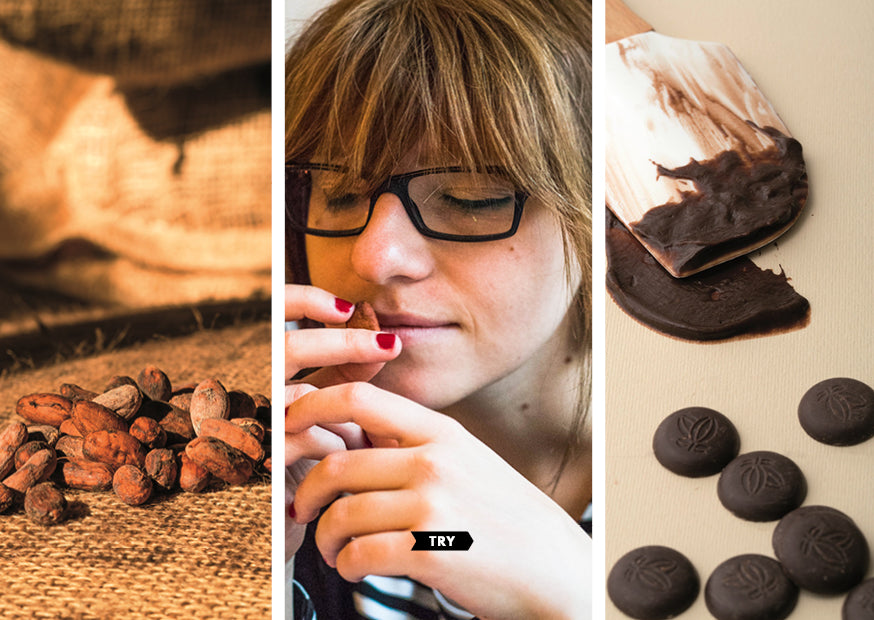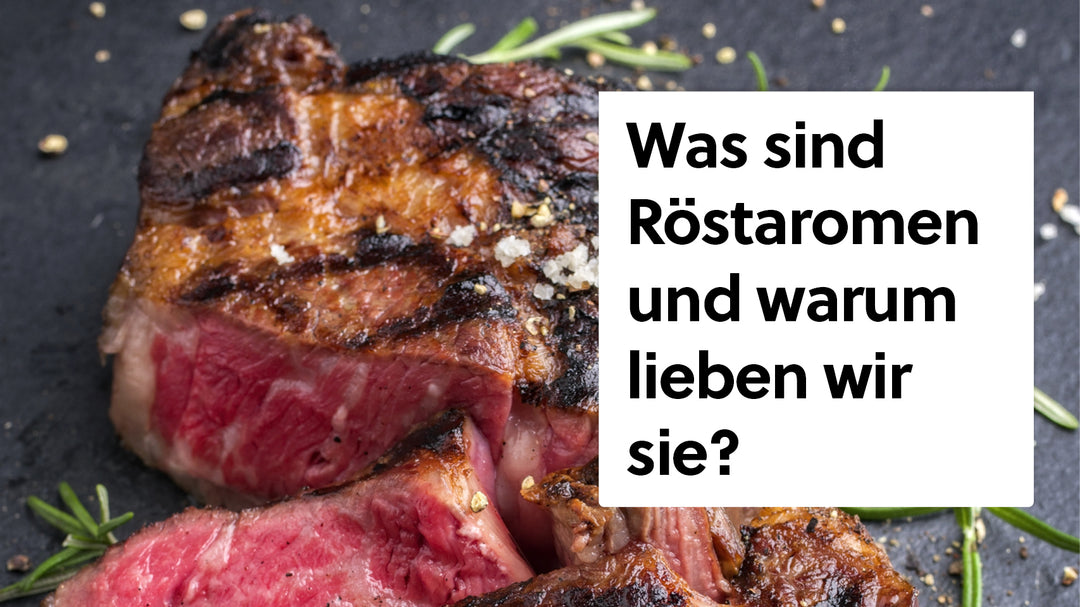Interview mit einem Pfeffer-Experten
Als Teil meiner Recherche für das TRY Pfeffer Probierset habe ich u.a. mit S. Kannan, dem Executive Director der International Pepper Community (IPC) in Jakarta, per Skype gesprochen.
Für mich stellte dieses Interview einen faszinierenden Einblick in die Welt des Pfeffers dar. Besonders interessant fand ich, wie die International Pepper Community als internationale Organisation versucht, durch Informationen sowohl die Situation der Pfefferbauern zu verbessern als auch die Vorteile des Gewürzes Pfeffers weltweit zu promoten.
S. Kannan ist ein ausgewiesener Pfeffer-Experte, der sich mit den Anbaukonditionen in den wichtigen pfefferproduzierenden Ländern bestens auskennt. Ich gebe hier das Interview mit ihm im Original auf Englisch wieder.
What are the main responsibilities and goals of the IPC?
The main function of the IPC is to promote all activities around the pepper industry. We disseminate market and research information. We develop quality and testing standards for the unity of the industry. We also collect and publish data, so people in the industry have access to unbiased information.
How did you get involved with IPC?
The executive director position is based on a rotation among the member countries. Each term is 3-4 years. I am in my third year. I usually work as the director of marketing for the Spices Board of India, which is under the Ministry of Commerce and Industry. We promote spices from India. And since pepper is one of the commodities I am handling, and the turn came to India to put someone in the post for the executive director of the IPC, the government of India asked me to take on this position. In April 2014 I will move back to the Spices Board of India.
What fascinates you about pepper?
Pepper is mostly planted by small families and it is fascinating to see how the pepper prices influence the lives of these families. So, if the pepper prices are good, the social and the health status of the families, the health situation in the villages and the education standards of the children are improving. Because almost all the pepper farmers live in remote rural areas, our goal is to get closer to these pepper farmers and educate them how to grow pepper and address issues and mistakes they unknowingly made about the processing, cleaning and drying of the pepper. For a higher quality product, they get a higher price.
Earlier the information gap was very big, because the farmers did not get the market price information. Some traders exploited this and paid lower prices to the farmers than they were supposed to. We intervened and sent the price information to the pepper farmers by SMS on their mobile phones. So, every week they are informed about the international prices for peppers of different qualities. They can make more informed decisions whether to sell or not to sell. We were very successful. The exploitation of the farmers has completely stopped. More than 90% of the price now goes to the farmers. Before it was only 75%. It was a good impact we had. And this is fascinating.
The last forty years there used to be a 10-year cycle of boom and bust. The boom and bust situation created panic in the minds of everyone involved in the industry. No one wants to have this fluctuation. One dollar prices one day and the next day ten dollars. By giving realistic information on the production, the demand and the market conditions we could sustain the market price level at around 6 US$ for five years now. We can now see the results of this with new houses in the areas of pepper growing farms. Children are well dressed and they are going to school.
And pepper is also fascinating because it is a unique flavoring and preservative commodity.
What are the pre-requisites to successfully grow a pepper plant?
Basically, elevation is required. The plants should be planted on a slope. The soils should be sand. It needs to have intermediate rain falls. It should neither be totally wet nor totally dry. At least 3-4 months of sun after the harvest should be there to get the stress off the plant. Otherwise, the pepper is a shade loving creeping plant, which needs a support tree.
What are the differences in growing the plants on organic vs. big farms:
The forest approach is the traditional approach but now the Vietnamese farmers have a lot big farms. The main difference between the big farm approach in Vietnam and the forest approach is that Vietnamese farmers use silk cotton as a support tree. It means that the silk cotton tree can support the pepper plant in any direction it grows. In other areas the support trees can't, because too much weight can break the support tree there. In Vietnam they can plant 3 or 4 pepper plants per support tree whereas in other areas such as India or Indonesia they have one or a maximum of two plants.
They also can grow up to nine or ten meters height in Vietnam whereas in India or Indonesia it is only 3-4 meters. That is why the per hectare productivity in Vietnam is much higher. It is a mind boggling figure. Last week when we had a discussion, one of the exporters from Vietnam said that in one province some farmers are getting 18 tons of dried black pepper from one hectare. In comparison in India or Indonesia the output of one hectare is around 600-700 kg. The national average of Vietnam is 3-4 tons.
Is there an effect on quality of pepper when you have such a high productivity?
Yes, there is. Actually, Indian and Indonesian peppers are the best in aromas and pungency. For Vietnamese pepper the bulk density is lower, because they put a lot of nutrients, organic manure, and chemical manure to get the highest yield. They also have irrigation. They mix the nutrients into the water and about every 15 days they irrigate the plants, so it grows well and strong. But the quality of the berry is less. It has less pungency and less essential oil content.
How is pepper harvested?
It is a creeper that grows with the support tree, farmers use a ladder to climb up the support tree. They pick the spikes and put it in bags, which they have on their shoulders. Then they take the bag and thrash it out. Afterwards they separate the berries and put them out to dry. Once the pepper reaches a moisture level of less than 10%, they sell them to the broker, who comes to the farmer's house to collect the peppers.
Do they separate the peppers with different ripeness?
Because the cost of harvesting is very high since it is so labor intensive, the moment one berry turns reddish, they most often harvest the entire tree. The ones that have matured the least are used for green peppers or sometimes white peppers. If the berries are still very small they are used as grade 2 peppers too. The more mature peppers are normally used to the black peppers. They are however not fully matured yet. Some use the most mature ones and dehydrate them to be used as red peppers. This is not very often done though.
Tell me a little bit about the different grades and different qualities of peppers.
There are regular grades and then there premium qualities such such the Extra Garble Tellicherry. These are sold in whole kernels mostly to Germany, Italy and other European markets. These have bold and big sized berries. The big berries are preferred to be sold in whole. The regular grade is mostly crushed and ground. This yields the price of about 6 US$. There are some different grading techniques between the countries but largely it goes by the bulk density. A regular grade is 550g per liter. This is widely being accepted in the industry.
There is one thing missing that we are trying to promote, which is the geographical indication of the pepper. Like Malabar pepper, Goa pepper, Muntok white pepper. These have a regional indication and it should be put on the label.
There are some differences in the taste and the aromas of the pepper growing regions. This is why the geographical registration is being done. Once this is done, they can take a claim. It is a marketing tool but we can`t make it a rule. This can help to differentiate between the quality and the non-quality products.
People should look for a geographical information on the package when they buy it?
Yes, exactly. They should ask for it and the suppliers will put this in their information. So, the buyers understand the uniqueness of their product.
What are the differences in the peppers between the main pepper producing countries?
Basically, the differences lie in the piperin and the essential oil content. The Indian and the Indonesian have the highest piperin and essential oil contents of all peppers. There is a slight aroma and flavor difference but there needs to be some more official profiling being done to better differentiate between the regions. They can only differentiate in which particular chemical constituents the pepper is different from the other origin. Otherwise, it goes by the piperin and the essential oil content of the pepper.
Is there something specific that you feel a lot of consumers in a country like Germany are missing or unaware of in terms of pepper? What would you like them to know?
Actually number one, they should look for the source, where the pepper is coming from. And number two they should be educated about the health and medical values of the pepper. For example, if you take a medicine of 500 mg without pepper, then only 250mg of the medicine gets into your body. With pepper the body absorbs everything. There are other problems the pepper is helping with, like skin or digestion problems. People should know about the health benefits of pepper, which are traditionally used in Ayurvedic medicine in India or in Indonesia. It is a natural product and people should not go for artificial color or for artificial taste profiles.
It is also a good preservative. Why did the Europeans come to Asia to get pepper? - Mainly because it is a good food preservative. Aftershave lotion has pepper in it too. The punch you get when you put it on is the pepper oil. It is used in other cosmetic products also.
These values need to be communicated to the consumer and this is how the consumption goes up and the health too.
How much do you deal with organic and fair-trade certificate? Is it something the IPC promotes?
Actually, the proportion of the higher price for organic pepper is not adequate because as I was saying the incredible productivity Vietnam farmers are getting with 18 tons and the poor farmers in Indonesia who are only yielding 600 kg per hectare. Well, most of these are by default organic. In other countries such as Malaysia they might be using chemicals and irrigation. If you ask them to stop using them, they will lower their production. But the premium for organic is only 10-20%. Unless there is substantial increase in the organic pepper prices, farmers are not inclined to go for that at this price level. The demand for organic and fair-trade is also limited. This is why it is not sustaining at one level but there is a slight growth in the interest, so it is slowly and steadily getting up.
Fair-trade is also not more than a 15% premium over the regular price.
Does the IPC support direct trade?
Yes, we encourage this. But the farms are very small and scattered. We promote the founding of association groups of farmers. And we help them with traceability certifications and with recording all the necessary data. These associations slowly and steadily can have a direct export. Because unless this group of farmers has at least on container load of peppers they can't export it. One container load is 17-18 tons of pepper, which means farmers generally can't do this on their own. So, this is where cooperatives and groups of farmers need to come in. They are getting more and more popular in every country. A lot of these cooperatives start selling on a larger scale to the local market and subsequently they immerse as player for the exports also. And with the help of someone they can get the necessary documentation to export. We are working on a system to get the documents and the traceability certification for the associations. For example there is a group in Cambodia, who we are supporting with the technical data for the traceability certification.
The traceability is a barcode and each farmer and each field will have a unique number. The processing plant the pepper is brought to will also have a separate number. All of these numbers will appear on the barcode when the pepper is in the retail store. This system is already working in chillies and we are trying to use this in pepper.
What are the major things that can go wrong with pepper on its way from the field to the table of the consumer?
Pepper unlike other commodities can't really get spoiled or damaged because the life of the pepper is really long. In fact you will be shocked when you hear that in some places in India pepper is stored for more than 15 or 20 years. Once you dry it in the initial phase below 10% moisture level, the quality is not affected in any way all the through. We do not anticipate any problems in pepper except the excessive use of chemicals, which they use in some countries for higher productivity.
What is your favorite pepper?
My favorite one is Indian or Indonesian black pepper.
Mr. Kannan, thank you very much for all this information.



